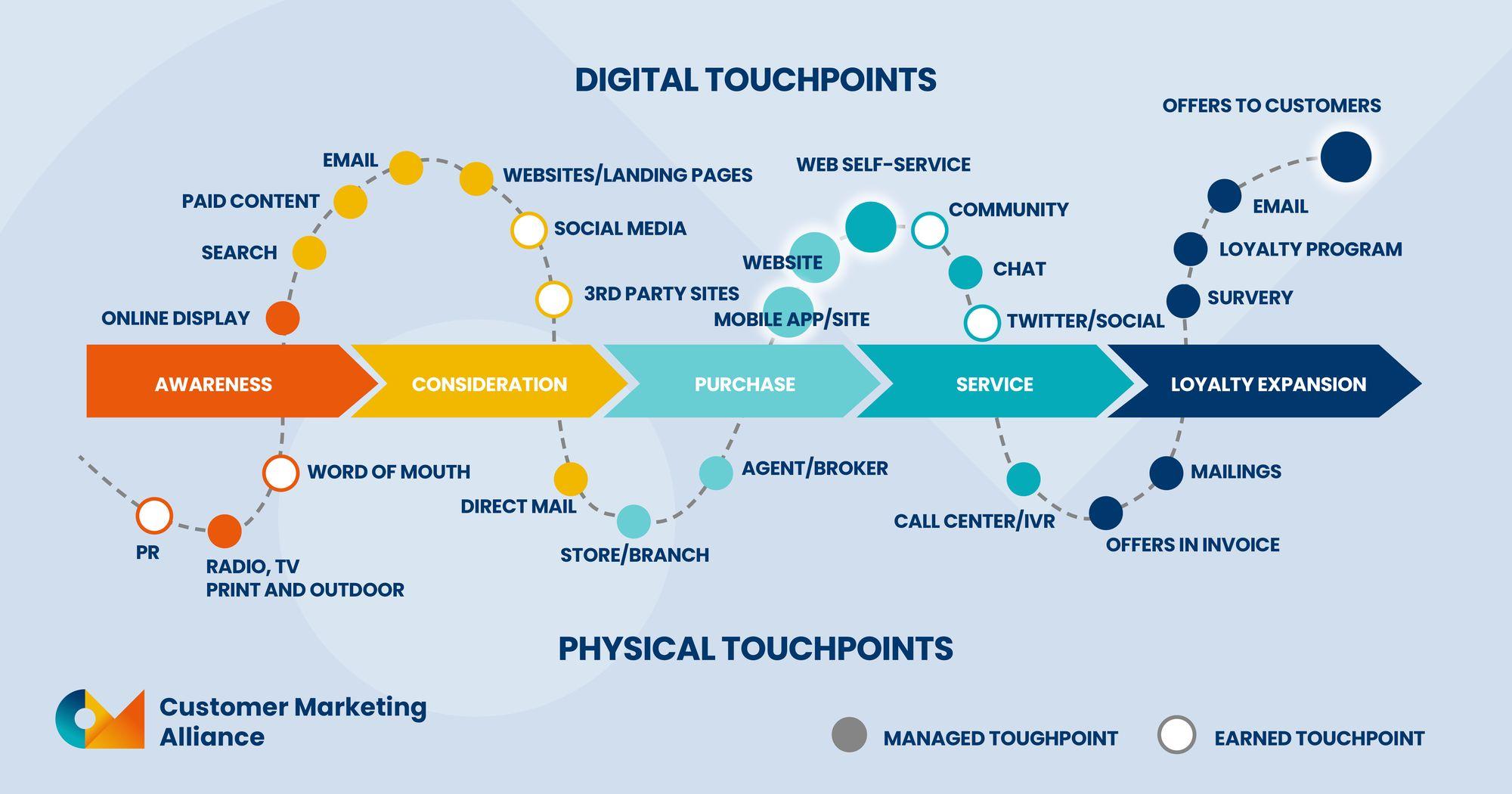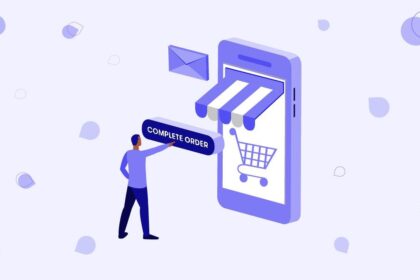In the rapidly evolving landscape of online retail, capturing a visitor’s interest is only the first step; converting that interest into sales is the ultimate goal. As e-commerce continues to flourish, businesses are faced with the daunting challenge of not just attracting potential customers, but also ensuring they make a purchase. Welcome to the world of e-commerce conversion strategies—where every click holds the potential for profit and every detail matters. In this article, we will explore the art and science of boosting sales through innovative tactics, psychological insights, and practical techniques designed to transform casual browsers into loyal buyers. Whether you’re a seasoned online seller or just starting your digital journey, understanding these strategies will be vital in navigating the competitive marketplace and unlocking the true potential of your e-commerce endeavors. Join us as we dissect the key elements that lead to a seamless shopping experience and ultimately, higher conversion rates.
Understanding the Customer Journey to Enhance Online Experience
To truly enhance the online experience, it’s vital to grasp the various stages of the customer journey. Potential customers traverse a comprehensive path, starting from awareness to consideration and ultimately leading to the decision stage. Recognizing this progression allows businesses to tailor their strategies effectively. Consider implementing the following approaches at each stage:
- Awareness: Utilize targeted ads and engaging content to attract first-time visitors.
- Consideration: Offer detailed product descriptions, comparison guides, and user reviews to help customers evaluate their options.
- Decision: Implement attractive calls-to-action, limited-time offers, and exit-intent pop-ups to encourage conversions.
Understanding customer behavior throughout these stages also means leveraging analytics tools to gather insights on user interactions. Analyze which touchpoints create the most traction and identify bottlenecks in the journey. For example, a simple A/B test of landing pages can unveil preferences that might significantly influence sales conversions. Being attentive to feedback and adjusting the process based on user interactions can foster a seamless experience that converts curious shoppers into loyal customers.
| Stage | Focus Area | Key Actions |
|---|---|---|
| Awareness | Engagement | Ads, Content Marketing |
| Consideration | Information | Product Descriptions, Reviews |
| Decision | Conversion | CTAs, Offers |

Optimizing Product Pages for Maximum Engagement and Impact
To create product pages that captivate visitors and drive conversions, focus on an engaging layout and compelling content. Start with high-quality images that showcase the product from multiple angles, as good visuals can significantly enhance the user’s perception of the item. Pair these visuals with detailed descriptions that highlight key features, benefits, and potential applications of the product. Implement an easy-to-navigate structure by utilizing clear headings and bullet points to ensure that important information is easily digestible. Consider including a comparison table to illustrate how your product stands against competitors, effectively showcasing its unique selling propositions.
Additionally, don’t underestimate the power of customer reviews and testimonials. By integrating a section for user-generated content, potential buyers can gain insights from real experiences, fostering trust and reliability. Ensure that the call-to-action buttons, such as ‘Add to Cart’, are prominently displayed and stand out visually. Using contrasting colors for these buttons can increase visibility and encourage clicks. integrate social proof through share buttons that enable customers to spread the word about your product on their networks, enhancing your reach and engagement.

Leveraging Social Proof and Reviews to Build Trust and Credibility
In the digital marketplace, consumers often look to others for validation before making a purchase. This reliance on the experiences and opinions of peers has made social proof a crucial element in fostering trust and credibility. By showcasing customer testimonials, star ratings, and user-generated content, businesses can create a narrative that resonates with potential buyers. Consider integrating elements such as:
- Real-time purchase notifications
- Customer review highlights on product pages
- Social media shares and mentions to amplify user engagement
Additionally, the strategic placement of reviews can significantly enhance the shopping experience. Using visual cues, such as badges for high ratings or highlighted customer stories, can draw attention to positive experiences. Establishing a dedicated section for reviews on your website or leveraging plugins that display dynamic feedback fosters a sense of community and encourages new customers to feel confident in their purchases. Below is an example table illustrating how different types of social proof impact consumer behavior:
| Type of Social Proof | Impact on Purchase Decision |
|---|---|
| Customer Reviews | 75% of consumers read reviews before purchasing |
| Recommendations | 83% of buyers trust recommendations from friends |
| Social Media Mentions | 54% of users are influenced by brand interactions on social media |

Utilizing Data Analytics for Continuous Improvement in Conversion Rates
Data analytics serves as a powerful tool in e-commerce, enabling businesses to dissect customer behaviors and refine their marketing strategies. By harnessing insights derived from user interactions, companies can identify trends and patterns that inform decision-making. For instance, tracking metrics such as bounce rates, cart abandonment rates, and user flow can uncover barriers that prevent conversions. Incorporating A/B testing to evaluate different website layouts or promotional strategies can also provide clarity on what resonates best with your audience. Key steps in this process include:
- Implementing robust tracking tools to gather data on user interactions.
- Analyzing user behavior through heatmaps and session recordings.
- Adapting conversion funnels based on analysis to eliminate drop-off points.
Additionally, segmentation of the customer base can enhance marketing efforts significantly. By categorizing customers according to their purchasing behavior, demographic information, or engagement level, businesses can tailor their strategies to meet unique needs. This approach not only improves customer satisfaction but also increases conversion rates. Utilizing predictive analytics can further facilitate the identification of high-potential leads, allowing for more targeted outreach. Useful segments may include:
| Customer Segment | Potential Strategy |
|---|---|
| First-time visitors | Welcome discounts and guided tours |
| Returning customers | Loyalty rewards and personalized recommendations |
| Cart abandoners | Email reminders with incentives |
To Conclude
In closing, mastering e-commerce conversion strategies is akin to tuning a finely crafted instrument—each note must harmonize with the others to create a symphony of success. As we venture further into the digital marketplace, the ability to adapt and optimize your sales approach will be your most powerful asset. By embracing data-driven decision-making, refining your user experience, and understanding the nuances of consumer behavior, you can transform casual browsers into loyal customers.
Remember, boosting sales is not merely about pushing products; it’s about creating a seamless journey that resonates with your audience. As you implement these strategies, keep your finger on the pulse of emerging trends and remain flexible in your approach. With dedication and insight, the path to transformation lies ahead, leading your e-commerce venture to new heights. Embrace the journey, and watch as your sales flourish in an ever-evolving digital landscape.



